Ready to jump into the world of fermentation? This post will give you all the basics and cover tools of the trade and start you off with a few straightforward fermentation recipes you can try right away.

Table of Contents
What is Lacto-Fermentation?
If you are interested in doing a DEEP DIVE into the science of fermentation, I recommend that you read my comprehensive Lacto-Fermetnation Primer. That’s where I go into detail about the importance of salt, pickling vs fermenting, ideal fermenting conditions, common concerns, etc.
So let me start with a summary that should help get you situated!
Fermentation, or more precisely lacto-fermentation, involves submerging vegetables and fruits in a brine solution (salt and water) or salting them enough to release their own water and create their own brine.
The world is full of bad bacteria (e.g., Clostridium botulinum) and good bacteria (e.g., Lactobacillus). When done correctly, fermentation kills or suppresses the bad bacteria while giving the good bacteria a chance to thrive. This process transforms the vegetables and/or fruits into healthy probiotic-rich foods.
So how does this transformation take place? There are 2 stages to this process. In stage one, vegetables and/or fruits are salted or submerged in a brine solution that is salty enough to suppress or kill harmful bacteria. During this stage, good bacteria survive.

In stage two, Lactobacillus organisms begin converting lactose and other sugars present in the food into lactic acid. This creates an acidic environment. If you’ve ever tasted kimchee or sauerkraut, you’ll notice they have an acidity to them that is different from a traditional pickle.
Lacto-fermented foods taste tangy as opposed to pickled. Furthermore, they may even tingle on your tongue. This fizziness is attributed to the carbon dioxide that is generated in the lacto-fermentation process. I cover the basics of Lacto-Fermentation in my garden cookbook, Seed to Table.
Tools of the Trade
To ferment food safely, I recommend using the right containers and lids. Fermentation lids (also known as airlock lids) are not essential, but highly recommended. This is a lid with a valve that allows gasses to escape safely. It fits directly onto your jar.

There are several options like the Klemon and Masontops (affiliate links). You can use a standard lid and unscrew it twice a day to let any built-up air escape and quickly reseal. This option is not ideal as it can allow oxygen back in.
I recommend using Glass fermentation weights (affiliate link) to keep the fruits and vegetables submerged in the brine. The weights also help extract moisture from food. This is essential when following a salting recipe like sauerkraut.
I recommend using a glass jar (a wide-mouth mason jar is perfect because many of the lids mentioned above are designed specifically for it).
Alright, ready to get started?
Traditional Fermentation Recipes
When you think of traditional fermentation recipes, sauerkraut and fermented dill pickle cucumbers come to mind. These recipes are quite straightforward and a good place to start if you’re new to fermentation.
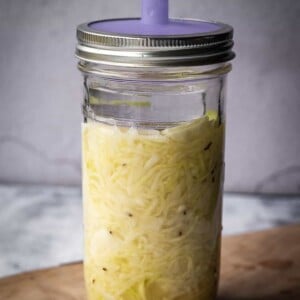
How to Make Sauerkraut (Lacto Fermented Cabbage)
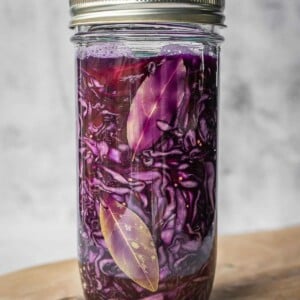
Red Cabbage Sauerkraut (Simple Fermented Cabbage)
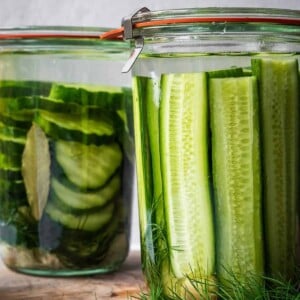
Homemade Fermented Cucumbers (Dill Pickles)
Spicy Fermentation Recipes
Hot peppers ferment beautifully and with their array of colors and spice levels, you have full control over your homemade hot sauces and chili pastes.
To learn more about pepper varieties, check out my 33 Best Pepper Varieties to Grow. There are pictures for each and recipe recommendations too!
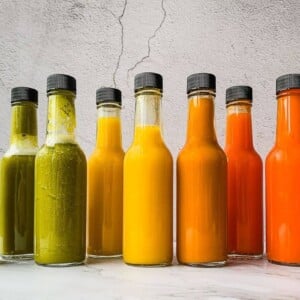
Homemade Fermented Hot Sauce

Sambal Oelek (How to make Indonesian Fermented Chili Paste)

Shatta (Authentic Middle Eastern Chile Paste)
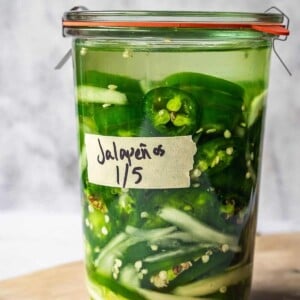
Fermented Jalapeños (Lacto-Fermented Peppers Recipe)
Other Simple Fermentation Recipes
There’s truly nothing simpler than slicing up a bunch of fruits and vegetables and submerging them in a salt brine. These here are the simplest fermentation recipes I have on my website.
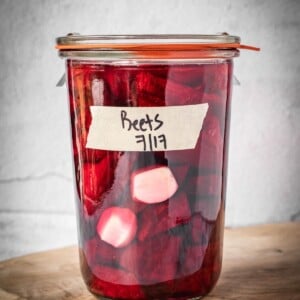
Fermented Beets (Lacto-Fermented Beet Recipe)
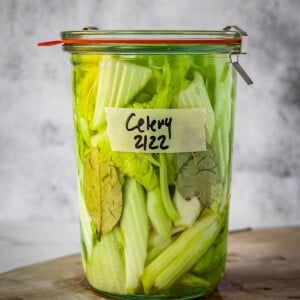
How to Make Fermented Celery (Easy and Delicious)
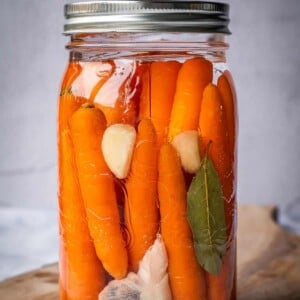
Fermented Carrots (Lacto-fermented Carrot Sticks)
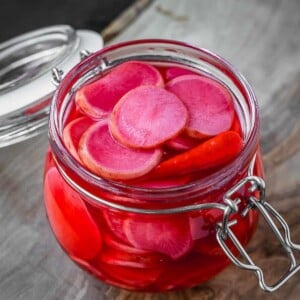
Fermented Radishes (Lacto-Fermented Radish Slices)
If you make any of these recipes, please make sure to leave a rating and review. It’s so helpful to other readers.
For more Urban Farm and Kitchen, follow along on Instagram, Facebook, and Pinterest, visit the Urban Farm Shop, or subscribe for new posts via email.




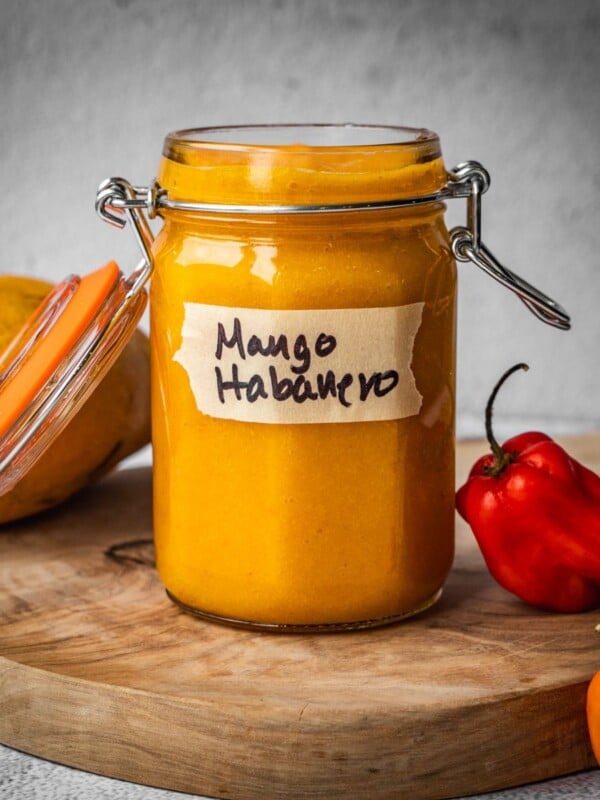
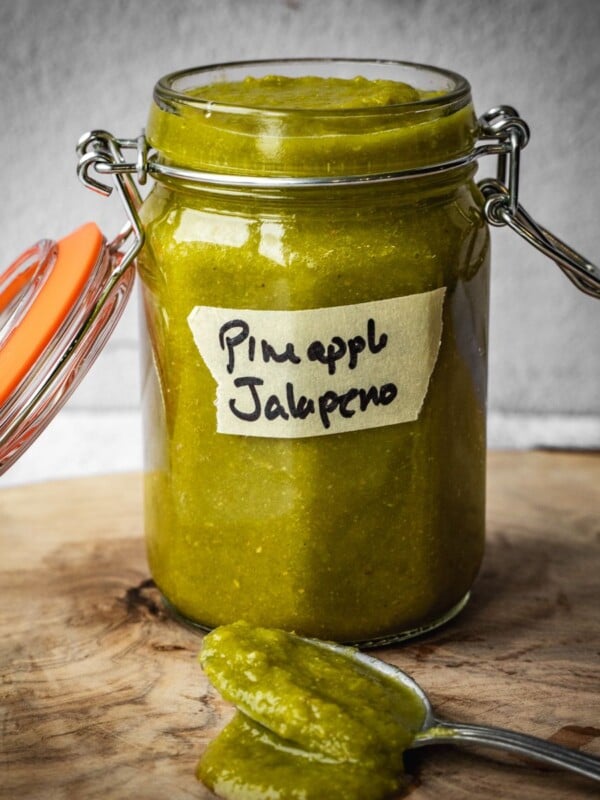









Hello Luay,
Thank you for sharing your recipes! All look very intriguing and I very much look forward to try them all.
Aliona